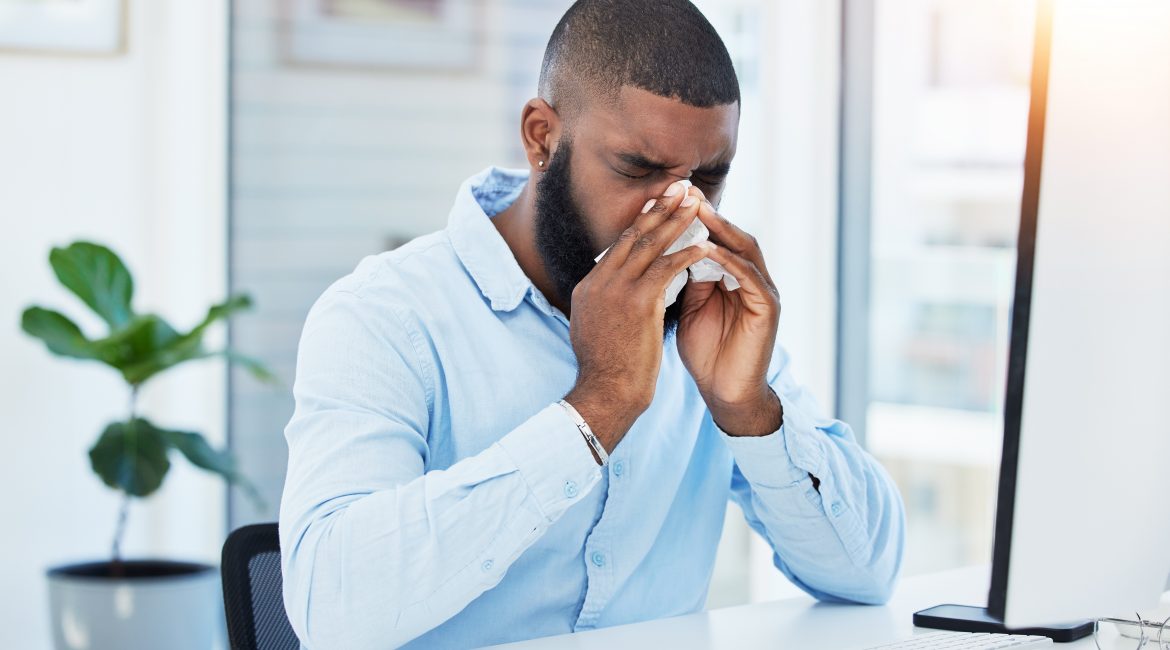Is pollen the stuff of nightmares for you? And is freshly cut grass something that sends you into a sneezing frenzy? Then read on
Spring allergies – we all get them. An allergy is what happens when our body’s immune system, which is basically our own security system for our body, detects a substance as harmful and overreacts to it.
Simply put, our immune systems are just being big babies in thinking that pollen and other things that come with spring are out to get us. And so, many of us start sniffling and sneezing as soon as spring shows it’s pretty, flowery self. This is what we call hay fever, or spring allergies.
Spring comes with new flowers, sprouting leaves, and often winds to kick the dust up and irritate our senses beyond belief and send our immune systems into overdrive. But, before you find yourself lying in self-pity and a pile of tissues every time you try to stop and smell the roses, then read this.
Tips for combatting your spring allergies:
1. Plan ahead
If you are wanting to exercise outside or enjoy some pollen filled fresh air, then you need to keep in mind that pollen count is at its highest between 5AM to 10AM.
Related: How to Start Running at Home | Beginner’s Guide
Pollen is also worse on dry and windy days and drops in count on rainy and humid days. If you know you’ll be going out during a period when the pollen count is high, be sure to take an antihistamine beforehand to minimise your allergy symptoms.
2. Gear up for the outside world and nature
When going outside, try to keep your hair and face clear of pollen by wearing large sunglasses and a hat. Keep in mind that gel and hairspray will only make the pollen stick to you even more! Head over to your local chemist to buy some eye drops for red and dry eyes and use these when you need to.
You can also wet a face cloth with cold water, put this in the fridge for an hour or so and then put this on your eyes for 10 minutes to sooth them. Saline spray can also work wonders for a blocked nose and also helps flush out any pollen in your nostrils. You can also buy this from your chemist.
3. Don’t be too much of a green thumb!
No matter how pretty those flowers are that are blooming in your garden – stay clear of them and even more so – don’t bring them into your house. Flowers like aster, daisies, chrysanthemum, sunflowers, baby’s breath, and lilac are known to trigger hay fever symptoms.
4. Clean yourself up when coming inside – don’t bring the pollen back in with you!
Take your jersey off before coming inside and wash your hands and face to remove any pollen after spending time outdoors. Before bed, wash your hair to keep the pollen from getting on your linen leading you to breathe it in all night.
5. Spring clean!
With spring comes spring cleaning and this helps to get rid of any dust build up in your house that might just make your allergies worse.
Stick to this checklist to help allergy-proof your home:
- Clean everything! Every corner, shelf, and floor
- Store unused items in containers and boxes to prevent dust buildup
- Wash your pets and their bedding
- Throw out old stuff and donate it to charity
Getting rid of things and giving your home a good clean has great benefits both physically and emotionally.
Of course, if your spring allergies persist for long periods time or prevent you from engaging in daily activities, then it’s a good idea to visit your doctor who will be able to advise you on how to relieve your symptoms and check for any underlying issues.
If you’re worried about the cost of doctor’s bills, then make sure you have health insurance. With Oneplan Health Insurance (that’s us), we pay you BEFORE you see the doctor on your Onecard, and we also let you keep your existing doctor.
For more information, you can take a look at our Health Insurance plans, or click here to get an obligation-free online quote.
Your Health Insurance Family,
Oneplan




